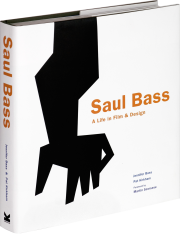You probably don’t know the name Reid Miles, but you probably know his work. He was the art director for an extensive series of significant Blue Note jazz albums. For those who care about jazz, and design, and typography, and photography, this is a lesson worthy of your time and attention.
You may know the name Francis Wolff. His photographs tell the story of Herbie Hancock, Joe Henderson, Tony Williams, Art Blakey, and so many others.
And you may know the name Michael Cuscuna, a jazz record producer and “Blue Note archivist.” His insights bring the visual storytelling to life.
The film is produced by Vox. Nice work!







